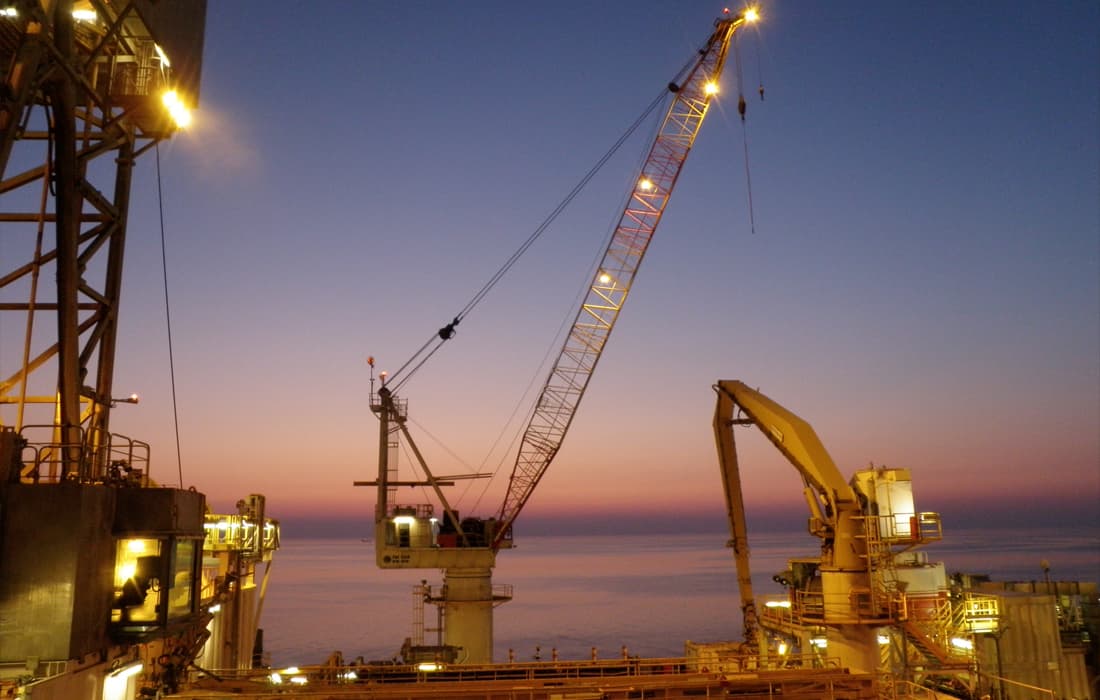David Robertson is EnerMech’s Global Technical Authority – Fluid Power. Through his four decades of industry experience, and his expertise in overseeing our operations in this discipline, the business is a recognized leader in crane and lifting services around the world, setting industry benchmarks for safety, innovation, and operational excellence. In this article, he highlights why clear dialogue is key for trust, safety and operational excellence in the high-stakes offshore environment.
Cranes are the unsung heroes of offshore operations. They play a pivotal role in ensuring the smooth transfer of equipment, personnel, and materials in high-stakes environments, where safety and efficiency are non-negotiable. Yet, despite their importance, the complexities of crane management often remain behind the scenes. From life-cycle management to compliance and performance monitoring, success hinges on a single crucial element: transparent communication.
Over my nearly 40 years in the fluid power and lifting sector, I’ve seen the transformational power of open dialogue in building trust and alignment with customers. Trust is not built overnight, it’s earned through a combination of clear communication, technical expertise, and consistent delivery.
Clear communication builds confidence, especially when managing critical offshore assets. For clients, understanding the condition and performance of their equipment is just as important as seeing operations run smoothly.
To truly excel in offshore crane services, accountability must go beyond compliance checklists and routine updates, it must be embedded into every interaction. When customers have clarity on maintenance plans, system performance, and safety protocols, they gain confidence in the processes and people managing their critical assets. This trust not only strengthens relationships but also drives safer, more efficient operations. Here are some best practices that have proven effective in building open communications:
Proactive maintenance sharing
We share detailed maintenance schedules with customers, outlining the scope, timelines, and potential disruptions. This gives a clear picture of what to expect and reduces friction when unplanned repairs arise. Predictive maintenance technologies, further enable early detection of issues.
Performance metrics and reporting
The introduction of data acquisition systems on cranes has been a game-changer, allowing for local and remote access to review system performance in real-time. Sharing this data with customers enhances collaboration and provides accessibility into the health of their assets.
Compliance documentation
We’ve developed formalized procedures to capture and verify hydraulic component data, ensuring our systems meet or exceed specifications. This builds confidence in our adherence to both operational and safety standards.
Transparency is more than a customer service philosophy; it’s a safety imperative. Offshore environments are inherently high-risk, with no margin for error. Our approach to crane and lifting operations extends beyond immediate task execution. We aim to consider the broader operational context and potential consequences of each action. This mindset has not only reduced risks but also enhances long-term outcomes for safety and efficiency.
Innovation continues to shape the future of crane services. From advancing our ‘Failure Mode, Effects & Criticality Analysis’ approach to implementing formalized and targeted maintenance and critical spares reviews, we’re building systems that prioritize both safety, honesty and integrity, enhancing the reliability of offshore lifting operations and setting benchmarks for the entire global industry.
